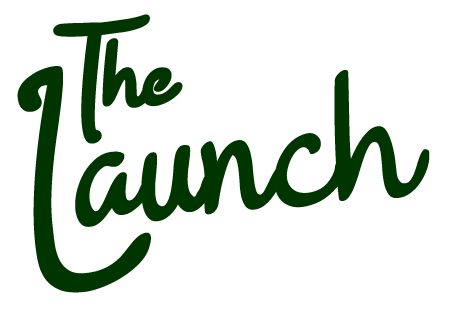
Media Landscape in COVID-19: to pitch or not to pitch?
COVID-19 is dominating the headlines across the globe (rightly so), and communicating during this time is uncharted waters for most. With so much uncertainty around pitching (particularly for our DIY publicity squad), we tapped into our media contacts to offer a quick look at the current media landscape (as of April 15th).
We’ll cover some ‘whys,’ some ‘hows’ and some answers to the big question we’ve heard from so many of you: Should I be pitching to media during COVID-19, orrr…?
Since our blog last month about what brands should and shouldn’t say in a crisis, the pandemic has continued to escalate into an unprecedented, full-scale emergency. Essential workers are risking their lives to help minimize the damage, and despite the very best efforts, the outcome is still devastating.
There has been a severe economic impact, with millions now unemployed and small businesses struggling to stay afloat or keep connected with their customers. Amid all of the chaos, the media industry marches on and is busier and more active than ever. Why?
- Readers and viewers want constant updates on the developing situation
- Audiences want to feel connected to the world during isolation
- Audiences are more captive (literally and figuratively) than they have been in years.
- Most internet and TV providers have committed to ‘keep the lights on’ and provide ongoing connectivity if bills are unpaid.
- Many people have a lot more downtime and a voracious appetite for content to ‘pass the time.’
- Many journalists/writers/bloggers were already working from home in some capacity, so it’s business as usual for most.
But many media outlets simply aren’t reporting on anything non-pandemic related. Why?
Well, just like going outside for non-essential reasons is a huge no-no, it can seem insensitive to report on ‘non-essential news.’ For many publications, especially news outlets and business titles, anything trivial feels tone-deaf. This is not the time to pitch your glossy business profile to Forbes, or your non-essential new product to HuffPost.
Conversely, some media outlets, especially lifestyle publications and women’s titles, are still actively looking for relevant, non-COVID related stories.
Common reasons include:
1. To offer some reprieve from the disheartening content and provide readers with a small distraction.
2. They are still filing long-lead stories that aren’t intended to come out until the end of summer/start of fall.
3. Audiences are looking for guidance/tips during these new times of working from home/homeschooling/sheltering etc.
So, you feel that you have got something worthwhile to pitch. Where do you start?
The way we see it, you have two options for content when approaching media right now:
1. Pitch stories that have no tie in with COVID-19
This may not even make sense for you, depending on how your business has been affected. But if it’s business as usual, it could appeal to a specific type of media outlet which is looking for stories that allow readers to ‘check out’ for a moment. For example, a lot of our US beauty writers are still filing for summer beauty guides or ‘at-home’ beauty trends.
Be very mindful when pitching this type of angle (see recommendations below), and keep in mind that we don’t know when this will all be over – so many scheduled stories may change or be scrapped altogether.
2. Pitch stories that showcase how your business, brand or product is uniquely dealing with COVID-19, or what value you can offer readers based on your expertise.
Is your business offering an essential service? How are you helping? How have you been affected? What are some unique ways you’re pivoting that could inspire others?
Or can you position yourself as a thought leader, offering some much-needed (relevant) advice like: Top 5 Productivity Tips While Working From Home or At-Home Beauty Hacks.
We don’t advise launching a brand new product to media or announcing new news this month that you can’t tie into COVID-19. There are many ways to acknowledge the current climate in your content, but if there’s just no practical connection, it might be a good idea to hold off and look at ways you can pivot your strategy this month.
Some important points to remember:
- You need to carefully research how your media targets are handling the crisis to know who to pitch to, and how. A quick audit of their last two weeks of stories will give you the temperature. Is it all hard news? Is there some escapist content?
- If all you see is COVID related coverage, then make sure you can genuinely tie your pitch to it. If you see the occasional fluff piece, target that journalist specifically if possible with your non-COVID related news.
- Either way, shameless self-promotion at a time like this is, well, shameless. It’s all in the approach, so be tactful. When emailing your media contact, remember they are also a human coping with life in quarantine. Ensure that you acknowledge what is happening, ask how they are being affected, and be kind, caring, and self-aware.
- There are plenty of journalists who understand that businesses are struggling and have great stories to tell. Most are receptive to those stories – as long as they are told in the right way.
- Finally, be sure to read your pitch, your headline, and the overall feel of the content several times before you hit send to make sure you are in tune with the current state of affairs.
Stay safe, stay at home, stay sane, and stay pitching!
